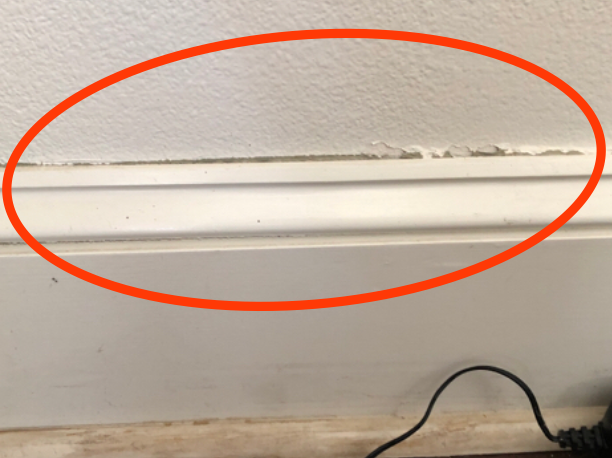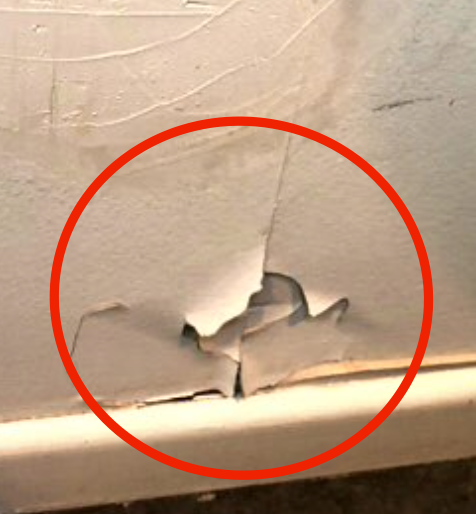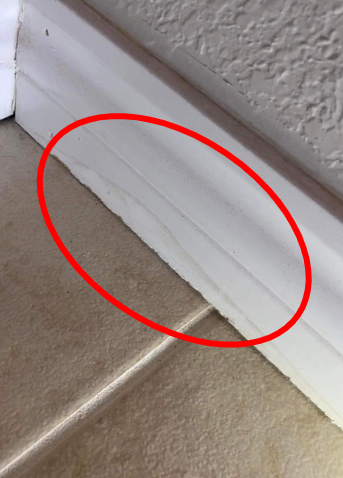Steps for Inspecting & Remediating Your Home For Mold & Water Damage
Inspect your home or building for signs of mold and water damage. If mold and water damage is found or suspected, consider hiring a knowledgeable Indoor Environmental Professional (IEP) who can determine the extent of any problems and determine next steps.
Reasons to have your home inspected for water damage, mold, and other indoor pollutants:
Why hire a knowledgeable indoor environmental professional (IEP) to inspect and test your home?
An Indoor Environmental Professional (IEP) is a general term (not a specific certification) used to describe someone who performs indoor environmental inspections and assessments of buildings. This is the person you hire before hiring a remediation company because they can provide a complete and independent assessment of what might be going on in the home.
A knowledgeable IEP is trained to seek out sources of water damage, mold, and other indoor pollutants. This is important because water damage, mold, and other microbial growth is often hidden behind walls, under floors, and in hard-to-reach places like attics and crawl spaces.
Even if you can see water damage or mold, the rationale is still the same for hiring an IEP. You want an unbiased and independent assessment of the entire home along with a comprehensive remediation plan that reflects what is best for you, not what is fastest, cheapest, and easiest for the remediation company. In some cases, remediation may not be advisable due to financial, logistical, or other limitations. An IEP can help you make decisions about next steps for your home.
IMPORTANT
Unfortunately, the experience, qualifications, and skill sets vary greatly among IEPs. It’s important to take the time to thoroughly vet any IEP you hire. You cannot assume that because a person is an Indoor Environmental Professional (IEP), Certified Mold Assessor (CMA), Industrial Hygienist (IH) etc., that they are bound by certain requirements, standards, laws, or operating procedures. Certifications and licenses are a minimal requirement. Further, not all certifications and licenses are created equal! The information and resources below will help you find a knowledgeable IEP to help you investigate and test your home.
What does a knowledgeable IEP do?
General reminders about the inspection process.
The investigation of a home for microbial growth and water damage includes four key elements:
Thorough investigation of the entire home
Strategic and targeted testing
Detailed history of the home
Survey of occupant health
How do you find a knowledgeable IEP?
IMPORTANT
Certifications and licenses are a minimal requirement. Further, not all certifications and licenses are created equal! Just because a company is certified does not mean they implement the standards, processes, or procedures covered by that certification. Always ask for details about their process; use the questions below and resources at ChangeTheAirFoundation.org to find a knowledgeable professional.
How much does it cost to hire an IEP?
The cost to hire an IEP can vary greatly depending on geographical location, size of home, and qualifications of the IEP. They generally charge a fee for their time along with the cost of any testing. While they should not be able to tell you the exact number or types of tests that will be run until they get to the home, they should be able to tell you prior to the visit the estimated cost of the inspection as well as the cost of each type of test (air, surface samples, dust, etc.).
Your IEP should provide a written report of their findings as part of the inspection process, but you should inquire whether a remediation plan (if warranted) is included or provided at an additional fee. Be sure to ask about the costs of any follow-up phone calls or emails along with the projected cost of post-remediation verification (testing). Total costs can range anywhere from several hundred dollars to several thousands.






